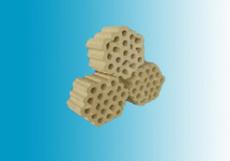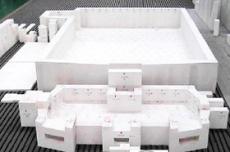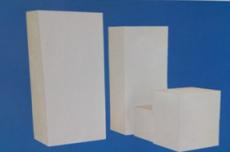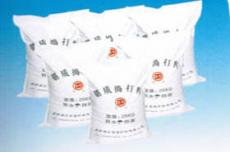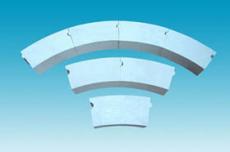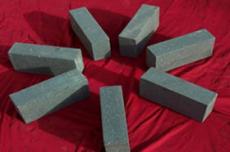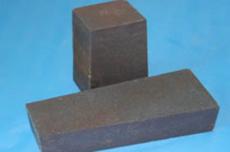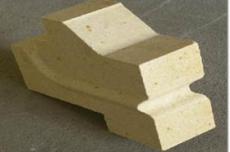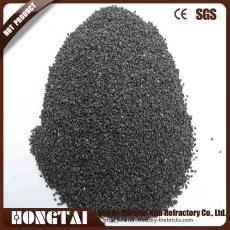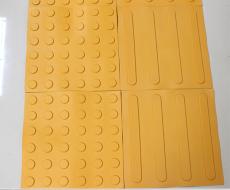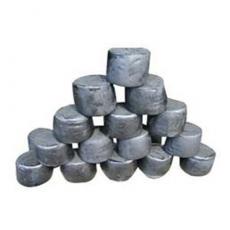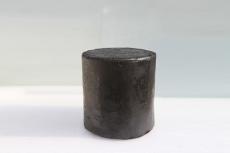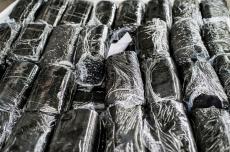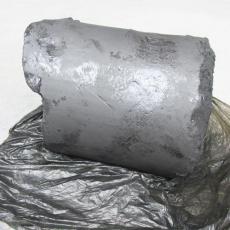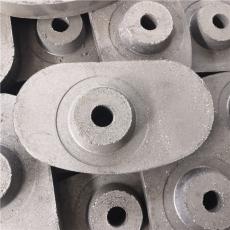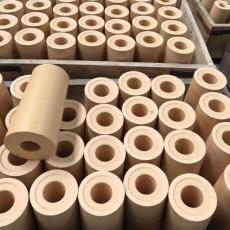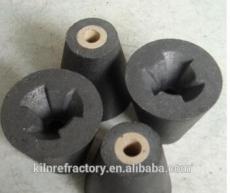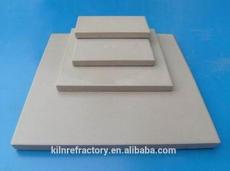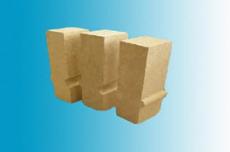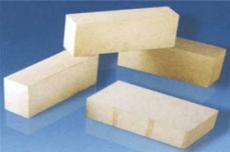
There are many types of refractory castables used in circulating fluidized bed boilers (CFB boilers), and each material has specific physical and chemical properties to adapt to the working environment of different parts of the boiler. The following are some commonly used refractory castables:
Corundum wear-resistant refractory castable: With corundum as the main component, it has high strength, high wear resistance and good thermal shock resistance. It is mainly used in boiler combustion chambers, separators, flues and other parts that are prone to erosion and wear. It can effectively resist the impact of high-speed fly ash and the influence of high-temperature thermal stress.
Low-cement refractory castable: By reducing the amount of cement, the refractory resistance and erosion resistance of the material are improved. It is often used in areas that require high strength and good impermeability.
Lightweight heat-insulating refractory castable: It has the characteristics of light bulk density, high strength and good heat insulation performance. It is suitable for boiler roofs, furnace walls and other areas that require thermal insulation.
Steel fiber reinforced castable: The introduction of heat-resistant steel fibers into the castable significantly improves the material's resistance to spalling and impact. This material is mainly used in metallurgy, building materials and high-temperature vulnerable parts of circulating fluidized bed boilers.
High-aluminum wear-resistant castable: Made of high-aluminum material as the main component, it has excellent refractoriness and wear resistance. It is suitable for many parts of the boiler lining, especially in high temperature, high pressure and high washout environments.
In addition, there are some other types of refractory castables, such as phosphate castables, sillimanite castables, silicon carbide castables, etc. These materials are also used in circulating fluidized bed boilers due to their unique properties.
When selecting refractory castables, the following factors need to be considered:
Refractory degree: The refractory degree of the refractory castable should be higher than the maximum temperature when the boiler is operating to ensure that the material does not soften or melt at high temperatures.
Wear resistance: Due to the high-speed erosion of fly ash inside the boiler, the refractory castable must have good wear resistance to reduce material wear and shedding.
Thermal shock resistance: During the operation of the boiler, the temperature fluctuates greatly, so the refractory castable must have excellent thermal shock resistance to prevent material cracking or peeling caused by sudden temperature changes.
Corrosion resistance: There are many chemical substances inside the boiler, and the refractory castable must have good corrosion resistance against these substances to ensure the long-term stability of the material.
The selection of refractory castables for circulating fluidized bed boilers should be comprehensively considered based on the actual operating needs of the boiler and the working environment. By rationally selecting and optimizing the construction plan, the safety and stability of the boiler can be significantly improved, the service life can be extended, and the operating cost can be reduced.
